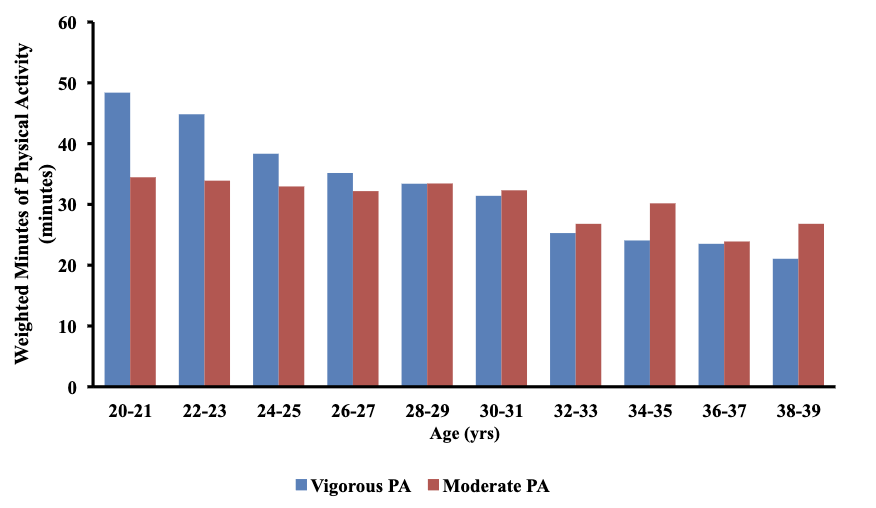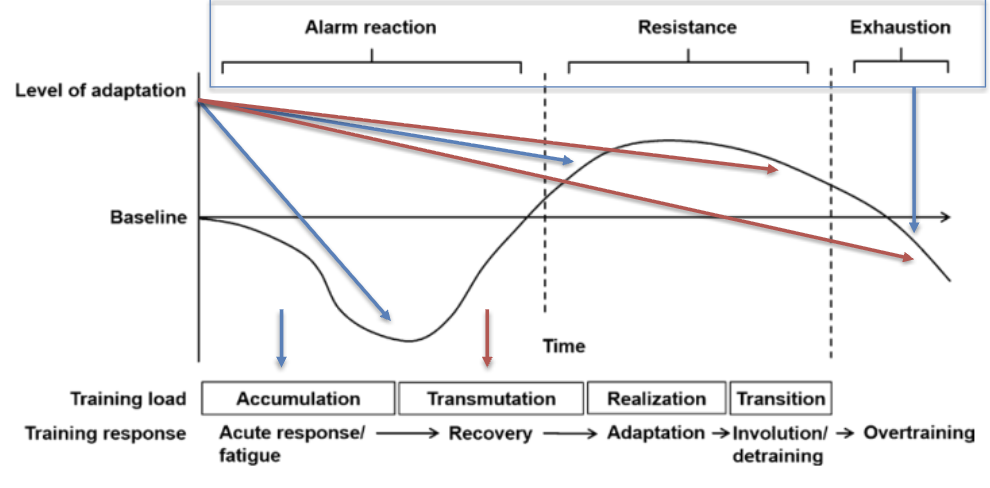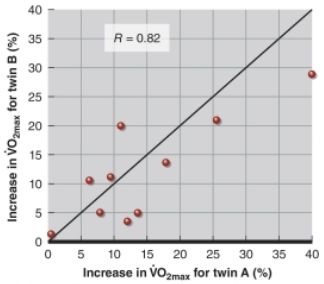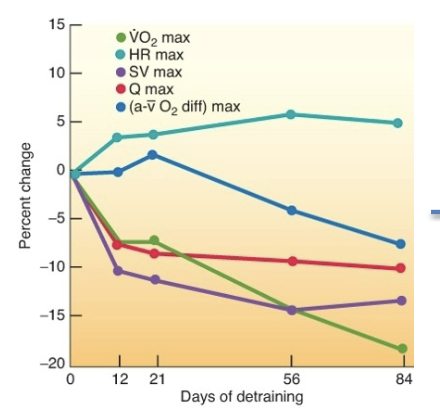EXSC 620 Exercise Training Physiology
1/13
Earn XP
Description and Tags
*not whole lecture*
Name | Mastery | Learn | Test | Matching | Spaced |
|---|
No study sessions yet.
14 Terms
Decreased physical activity in young adults

Vigorous physical activity
sprinting, fast pace, lifting heavy
Moderate physical activity
long distance, slow pace, lifting light
Strength
max force that a muscle/muscle group can generate (1 RM) (dynamic vs static)
Power
rate of work performed, important variable in sport (P= force x displacement/time)
Muscular Endurance
capacity to perform repeated muscle contracts or contraction over time (as many reps as possible), increases by strength gains + physiological adaptations

General Adaptation Syndrome (GAS)
provides framework for physiological adaptations to training, ~72 hrs from peak alarm phase —> exhaustion phase

Individuality principle
genetics, not all athletes are created equally, variation in physiology, high vs. low responders (explains 25-50% gains in VO2)

Specificity principle
mode + intensity should directly reflect sport trying to improve on (focus on physiological systems, type of activity, volume, intensity)

Reversibility principle
all adaptations are reversible “use it or lose it”, detraining occurs in ~2 weeks
Overload principle
must increase demands on body to make further improvements (progressive training), constantly increase weights + exercise routine (intentional)
Variation/Periodization Principle
changing one or more variables to keep training challenging Iintensity, volume, mode)

Undulating variation
volume vs intensity

Gradual transition
linear relationship of volume vs intensity (macrocycles vs mesocycles)